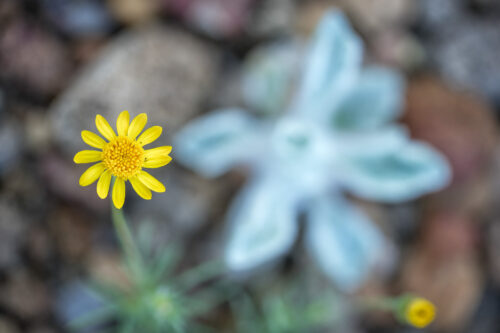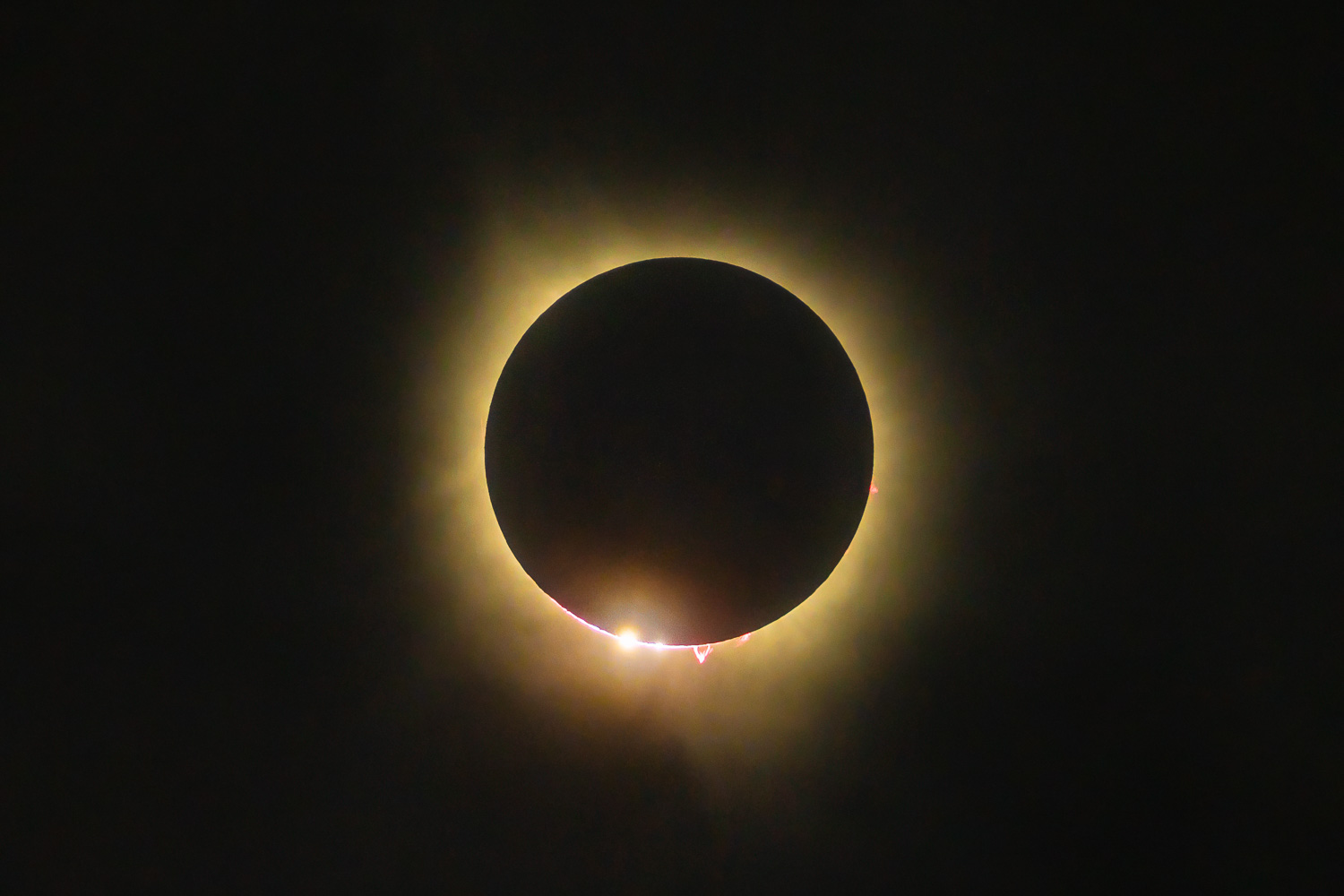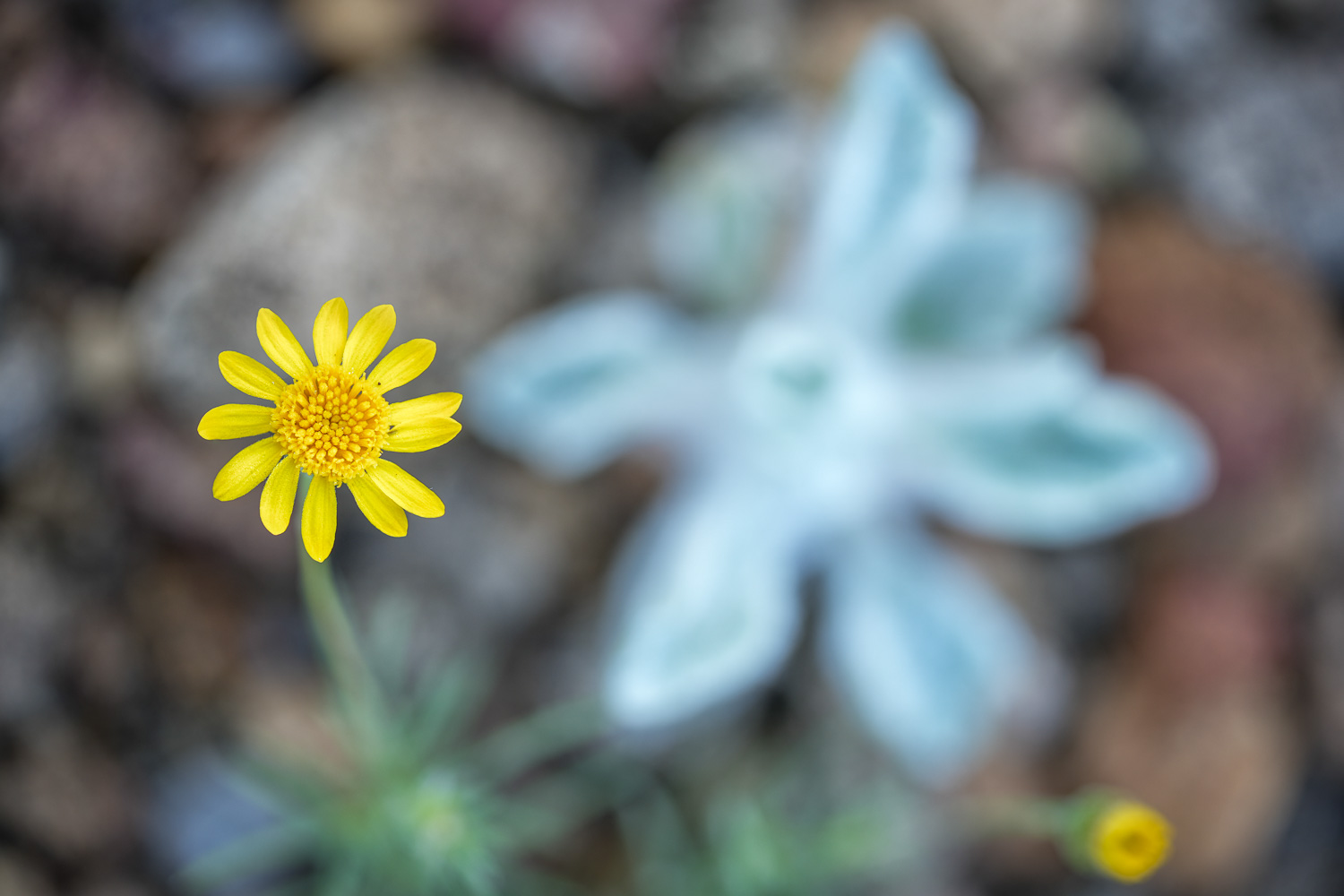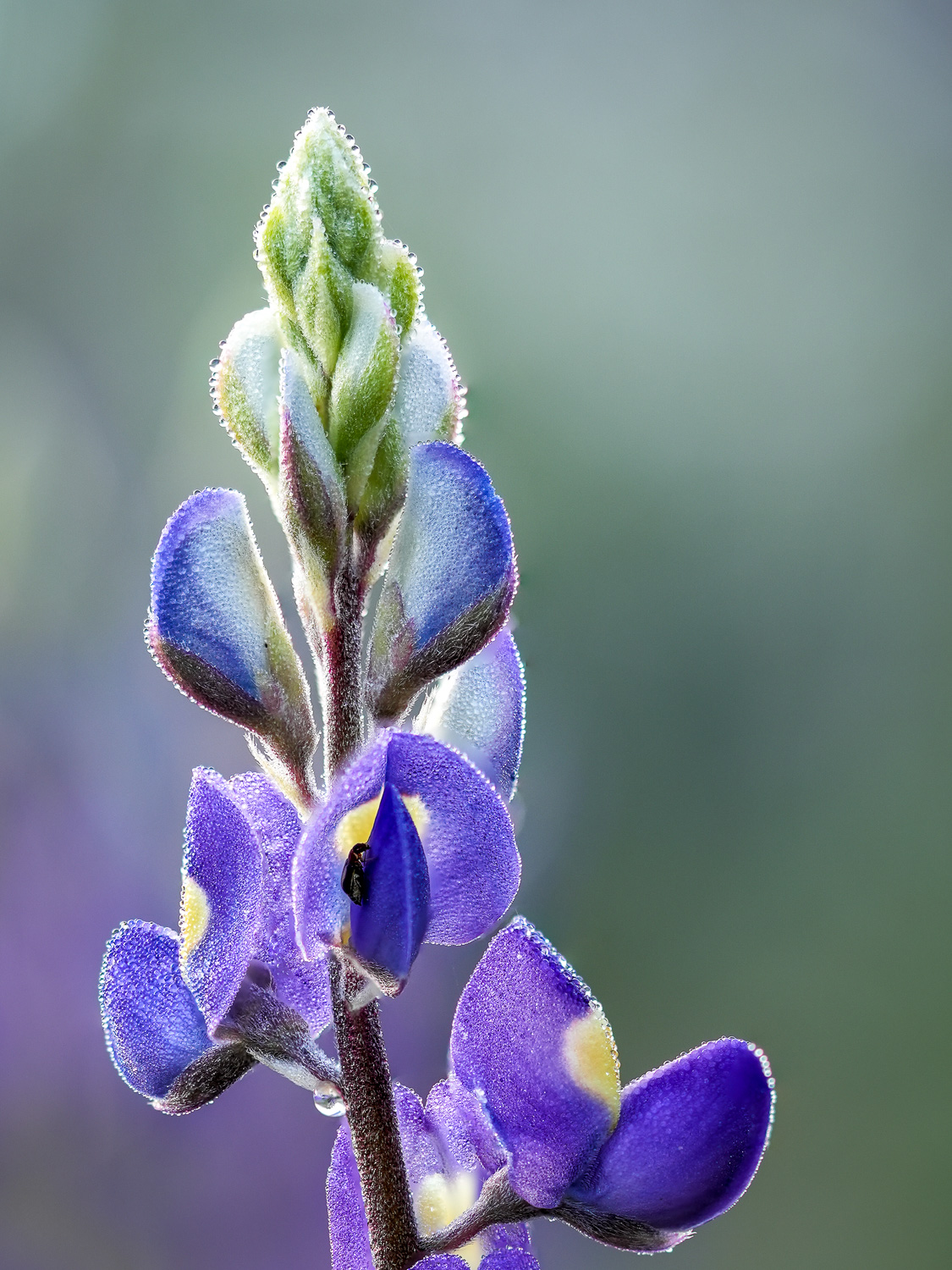Butterweed (Packera aurea)
Description: Butterweed’s stout, thick, basal offshoots creep horizontally and send up erect flowering stems 1-3 ft. in height. Flowers are deep golden-yellow, daisy-like and showy. Heart-shaped basal leaves are dark green above and purple beneath. The stem leaves are lobed. The roots colonize and the plant can achieve a groundcover effect over time.
Of the 16 species in eastern North America, an upland forest species, Squaw Weed (P. obovata), has spatulate leaves tapering at the base. Westward, on dry bluffs and prairies, Prairie Ragwort (P. plattensis) has basal leaves woolly on the underside. Woolly Ragwort (P. tomentosa), found in open woods and fields along the coastal plain from New Jersey to Texas, has long, narrow, woolly basal leaves, especially when young.
Family: Asteraceae
Synonym(s): Senecio aureus, Senecio aureus var. aquilonius, Senecio aureus var. gracilis, Senecio aureus var. intercursus, Senecio gracilis
Other Common Names: Golden Groundsel, Golden Ragwort
USDA Symbol: PAAU3
Duration: Perennial
Habit: Herb
Size Class: 1-3 ft.
Bloom Color: Yellow
Bloom Time: Mar, Apr, May, Jun, Jul, Aug
Water Use: Medium, High
Light Requirements: Sun, Part Shade, Shade
Soil Moisture: Moist
ATTRIBUTION: All of the Texas Wildflower images in this post are copyrighted and are the exclusive property of Terry B. Kahler. Reproduction without explicit written consent is prohibited. Some of the information contained in this section was taken from the Lady Bird Johnson Wildflower Center website and is being used under their terms of use. Redistribution from this site is prohibited. Additional information contained in this section was taken from the USDA website including the USDA code.





